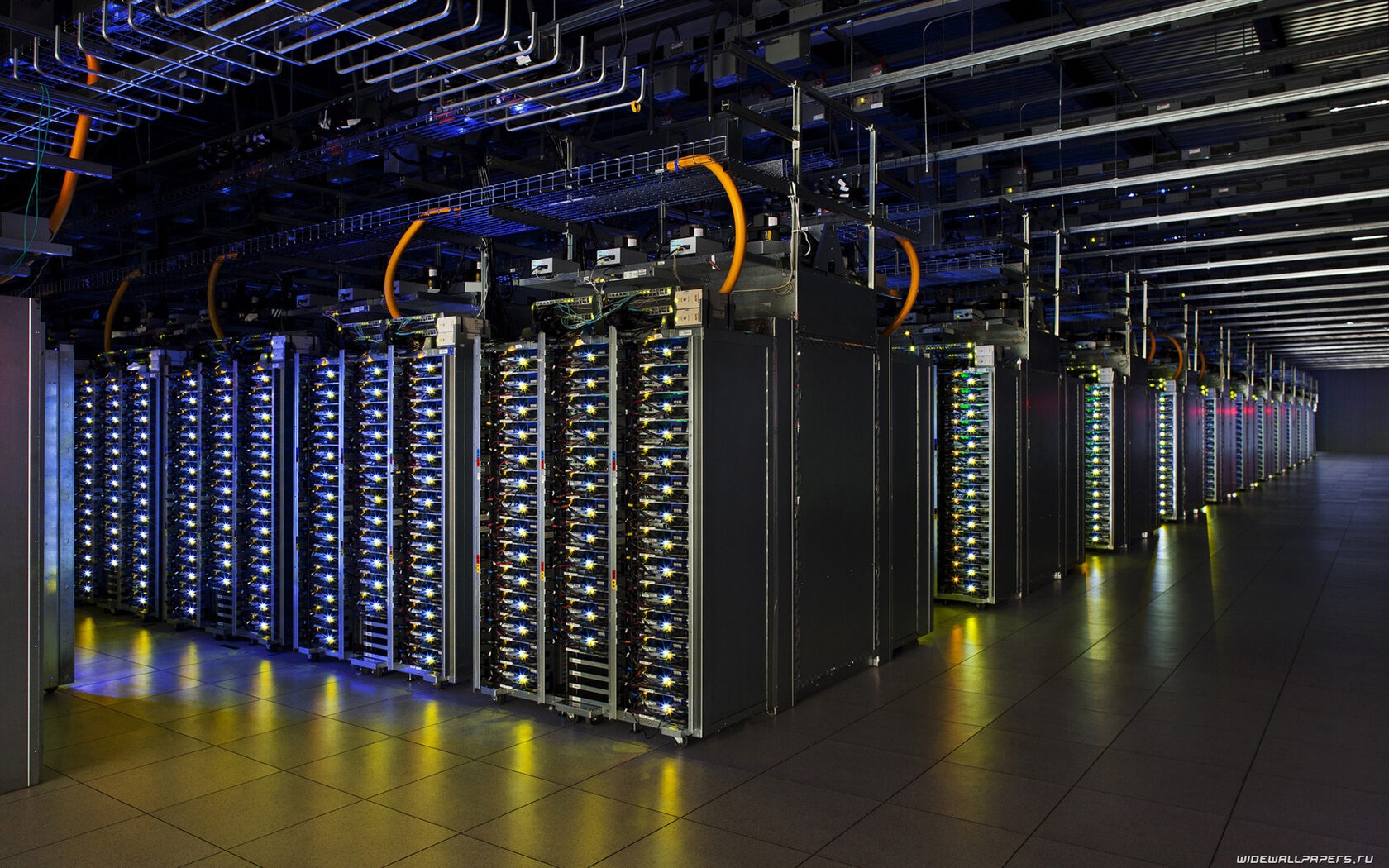Top 10 Essential Key Components of a Server

A server is important in running a business or an organisation. Apart from keeping operations running, it holds data and manages various applications. But have you ever wondered what makes up a server?
Understanding the different components can lead to making informed decisions or setup and maintenance it. In this article, we will go through ‘what is server’ along with its essential elements in the most simplistic way. So you can understand what is inside and how each part works to keep your server running.
The CPU is The Brain of the Server
CPU is like your server’s brain because it performs all the processing in a computer. It handles tasks and instructions almost just like your brain would. In simple terms, it interprets and executes commands to ensure everything runs properly.
The CPU’s performance is very important since it determines how fast and efficiently your server can process requests and execute applications.
Why it Matters: A powerful CPU processes many requests simultaneously without a slowdown. This is critical for resource-intensive applications or large numbers of users.
The Role of RAM in Server Performance
Memory is like your server’s short-term memory. It provides storage for the data and instructions to the CPU. When you open a program or access a file, it gets loaded into the RAM because it is faster for the CPU to retrieve data than other storage options.
Why it Matters: More RAM allows handling more data and applications at the same time. If you have a huge amount of users or run complex processes, increasing RAM can enhance performance.
The Motherboard The Server’s Central Hub
The motherboard is like the skeleton of the server, connecting all other components and enabling them to communicate with each other. It houses the CPU, memory and storage devices, offering slots for other additional components.
Why It Matters: A good motherboard ensures your server’s parts work in harmony efficiently. In addition, it provides you with expansion slots, through which you can add more features and upgrade in the future.
Data Storage Solutions Hard Drives and SSDs
Storage is where your server stores all of its data. Some of the most common types of storage = include:
- HDD: This is the traditional hard drive that utilises spinning disks for reading and writing data. It’s reliable with a high capacity, but normally a bit slower compared to an SSD.
- SSD: They utilise flash memory. There are no moving parts. This makes them faster compared to HDDs, adding more durability. They can quickly access and process data, and that can help speed up the performance.
- RAID Arrays: Sometimes, servers use several disks combined in a RAID system. RAID can improve performance and provide redundancy. So your data is safe in case one of the disks fails.
Why it matters: The type and amount of storage you select will determine how much data your server can store and how fast it is going to be accessing that data. SSDs and RAID arrays are usually the preferred choice for high performance and reliability.
Power Supply Unit PSU Ensuring Reliable Operation
The PSU supplies your server with electrical power. It converts your wall outlet alternating current into the direct current that the components require.
Why it Matters: You want a reliable PSU or power source; otherwise, your server will not get a stable supply of power. Without that, it could shut down or have other problems.
Cooling System Keeping Servers at Optimal Temperatures
Servers can give off a large amount of heat and when there is too much heat around the components, it may damage them. The cooling system, such as fans and heat sinks, cools down server by dissipating heat.
Why It Matters: Good cooling prevents overheating, which may lead to hardware failure or reduced performance. Ensuring a good cooling system of your server is important if you are looking forward to the durability and efficiency of the same.
Network Interface Card NIC Connecting Servers to the Network
The NIC is the part that puts your server on a network.
Why it Matters: A good NIC allows you to communicate well with other devices on the network. It is an important aspect regarding network-based applications and services.
Expansion Slots Enhancing Your Server’s Flexibility
Expansion slots are spaces on the motherboard where you can include additional components, such as extra network cards, RAID controllers, or even graphics cards.
Why it Matters: These slots provide flexibility for upgrading or adding new features to your server. If your needs change or you want to enhance performance, you can add new components through these slots.
Uninterruptible Power Supply UPS Ensuring Continuous Operation
An Uninterruptible Power Supply or UPS detects a power outage and provides backup power. It ensures that your server can either keep running temporarily or get shut down safely in case of a power failure.
Why it Matters: A UPS prevents data loss and hardware damage during power outages. It gives you time to react and avoid unexpected downtime.
Server Management Controller Managing and Monitoring Your Server
This hardware component allows you to monitor and manage your server remotely regarding its health, configuration, and performance. It provides tools to troubleshoot and maintain it without being physically present.
Why It Matters: The ability for remote management can enable you to keep track of your it’s status and perform necessary adjustments or repairs that may be needed without necessarily going on site.
Conclusion
Understanding the components can help you appreciate how each part contributes to its overall function. From the CPU that acts as the brain to the cooling system that keeps everything running smoothly, each component plays a crucial role in your performance and reliability.
Whether you are setting up a new server or maintaining one, knowing about these components helps in making better decisions to ensure that it performs well and meets your demands while supporting the needs of your business or organisation.
Keeping track of these components and understanding their roles enables your server to function optimally and provide the performance required.
Read more: Why is Hybrid Cloud Storage Ideal for Handling Big Data?





